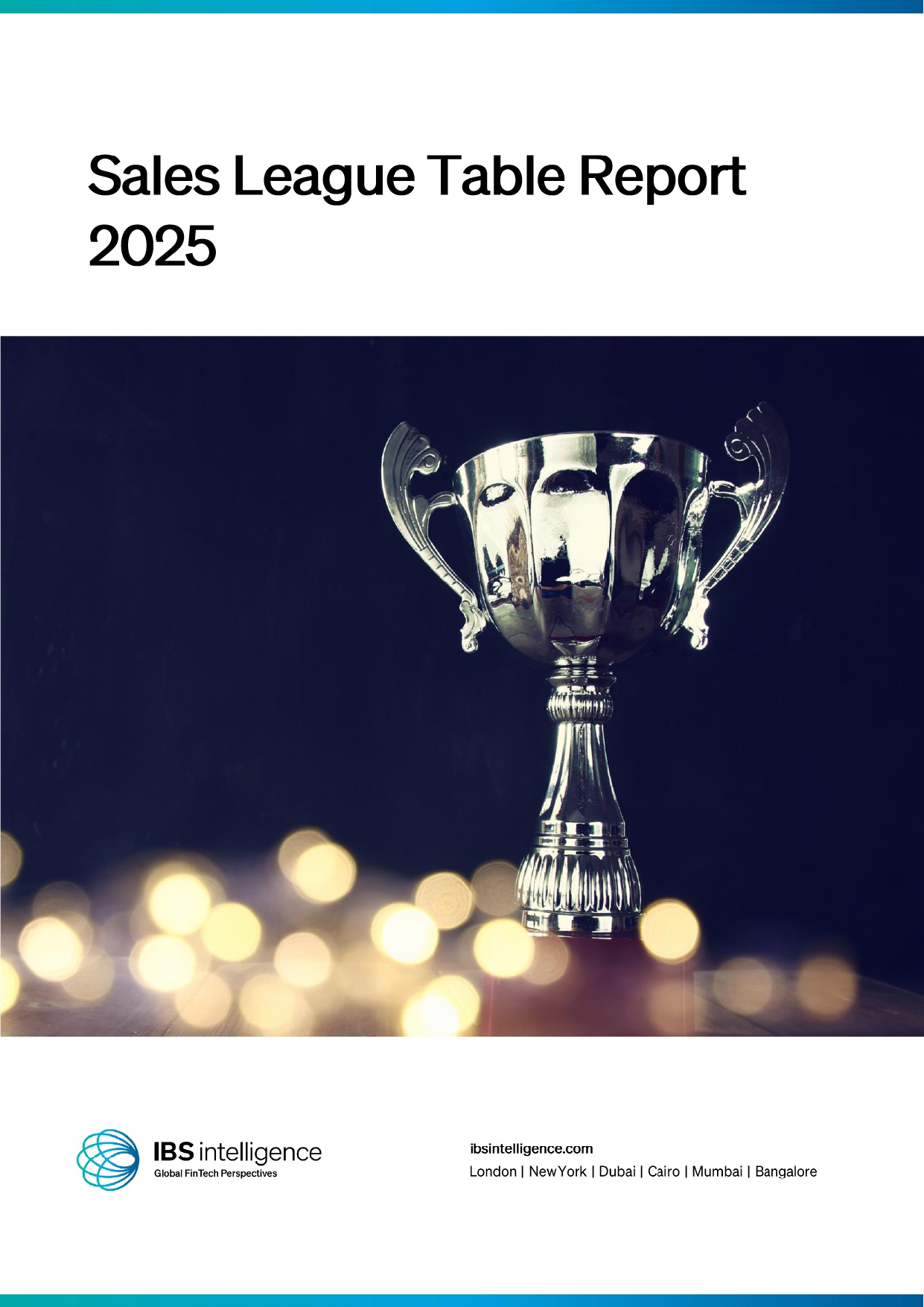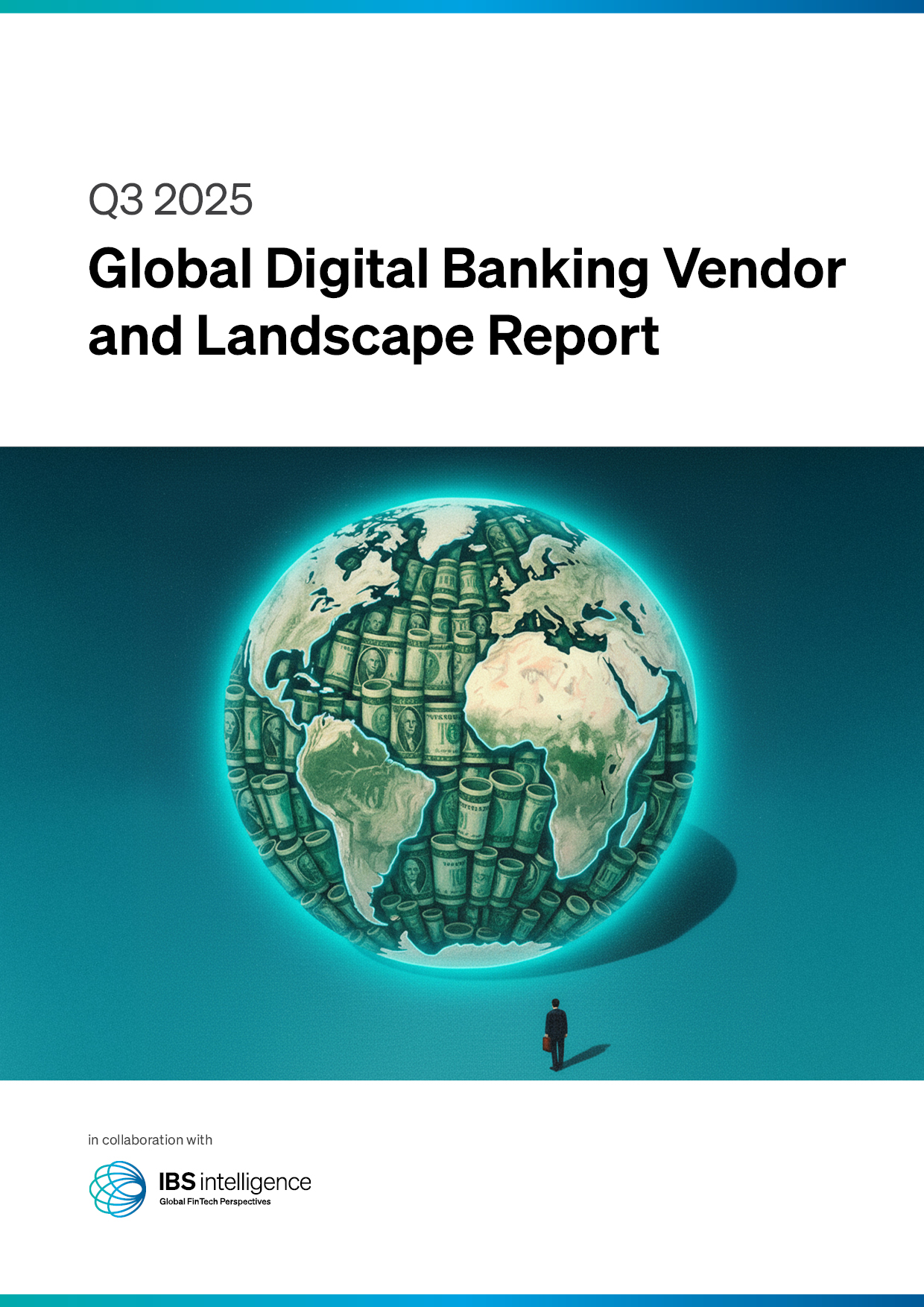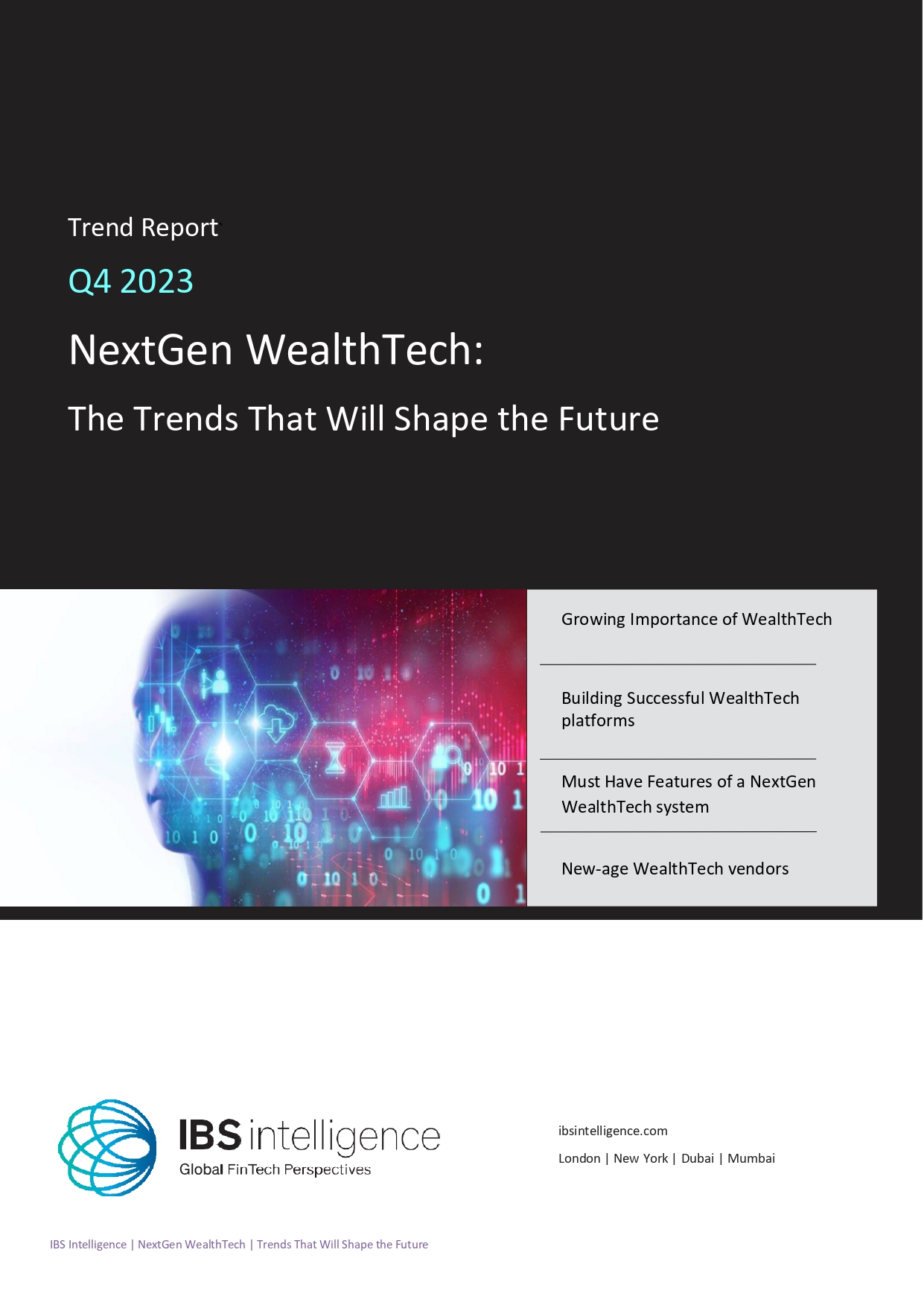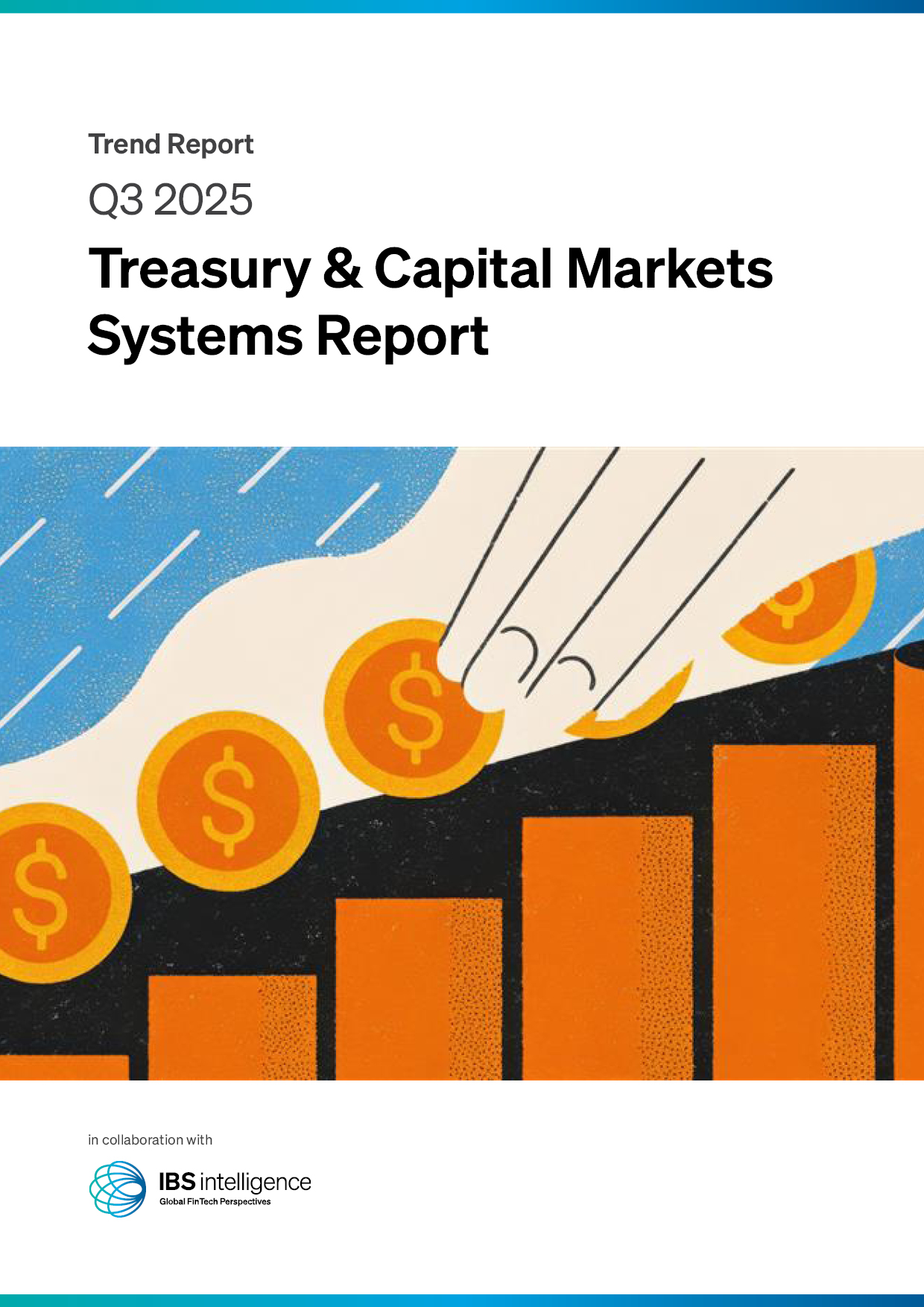 Back
Back
Europe’s $750bn fraud problem—Can technology turn the tide?
By Gloria Methri
 Financial crime in Europe has reached alarming levels, with an estimated $750 billion in illicit funds flowing through the continent’s financial system in 2023, according to Nasdaq Verafin’s Financial Crime Insights: Europe report. This staggering figure represents 2.3% of the total European GDP and highlights the scale of fraud, money laundering, and other illicit financial activities threatening global economies.
Financial crime in Europe has reached alarming levels, with an estimated $750 billion in illicit funds flowing through the continent’s financial system in 2023, according to Nasdaq Verafin’s Financial Crime Insights: Europe report. This staggering figure represents 2.3% of the total European GDP and highlights the scale of fraud, money laundering, and other illicit financial activities threatening global economies.
Digital payment fraud is a significant contributor to this crisis, accounting for $103.6 billion in financial losses across Europe. In the U.S., fraud cases surged 22% year-over-year, underscoring the growing sophistication of cybercriminals who exploit real-time payments and emerging digital financial platforms. From identity theft and account takeovers to synthetic identity fraud, attackers are using advanced tactics to evade detection.
Cross-Border Transactions: A Key Risk
The report reveals that of all illicit funds laundered in Europe, $194.9 billion was moved across borders, demonstrating the vulnerabilities in international financial flows. With the expansion of digital payments and cross-border transactions, regulators and financial institutions face increased challenges in monitoring and preventing fraudulent activity. Criminal networks exploit peer-to-peer payments, cryptocurrency platforms, and real-time banking services, making illicit funds harder to trace and recover.
AI and Machine Learning in Fraud Detection
To combat rising fraud, banks and payment providers are leveraging AI and machine learning to enhance real-time fraud detection. Behavioral analytics and biometric authentication, such as fingerprint and facial recognition, are being integrated into payment systems to prevent unauthorised transactions. Additionally, regulatory bodies are tightening compliance measures, with PSD2 regulations in Europe and similar frameworks in the U.S. reinforcing the need for stricter anti-fraud protocols.
“Banks, borders, or regulations do not bind criminals,” said Stephanie Champion, EVP and Head of Nasdaq Verafin. “By aligning on shared goals, financial institutions can strengthen economies and safeguard the global financial system from harm.”
Governments, banks, and regulators are increasingly collaborating through data-sharing alliances and fraud intelligence networks to counter financial crime. Law enforcement agencies are cracking down on cybercrime syndicates, dismantling fraud rings, and arresting key operatives. However, as digital payments evolve, fraudsters are becoming more adaptive, requiring continuous advancements in security infrastructure.
With illicit financial activity accelerating, financial institutions must prioritise data-driven strategies, AI-driven fraud prevention, and global cooperation. Nasdaq Verafin’s report emphasises the importance of stakeholder alignment and advanced technology innovation to curb financial crime.
The challenge ahead is balancing convenience and security in digital payments while staying ahead of cybercriminals. The financial industry must act decisively to reinforce trust in digital transactions and ensure a safer, more secure financial ecosystem worldwide.
IBSi FinTech Journal

- Most trusted FinTech journal since 1991
- Digital monthly issue
- 60+ pages of research, analysis, interviews, opinions, and rankings
- Global coverage







